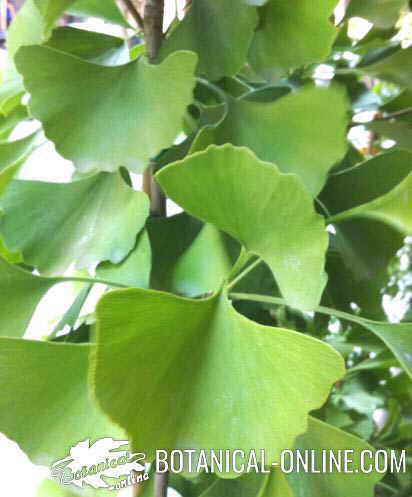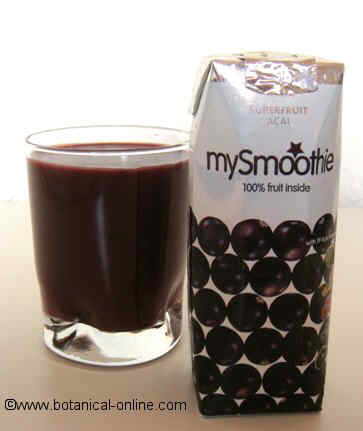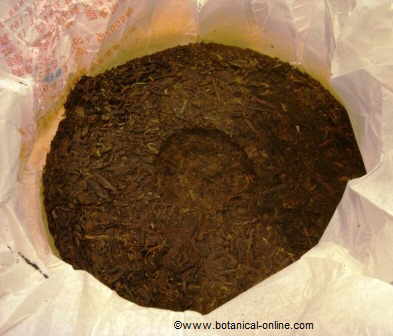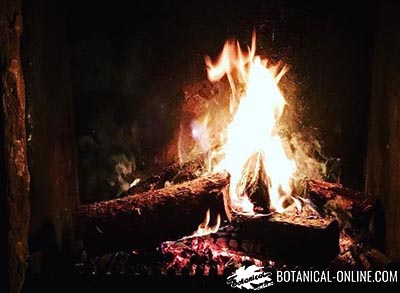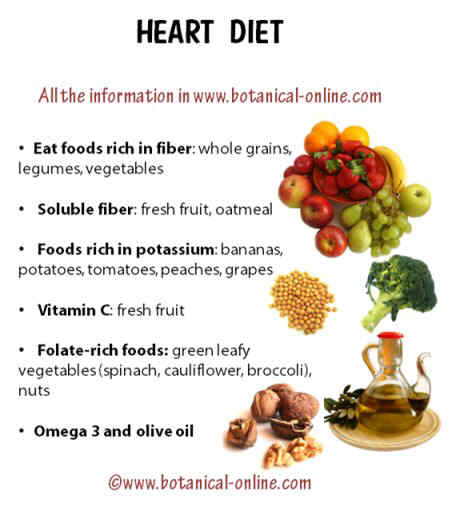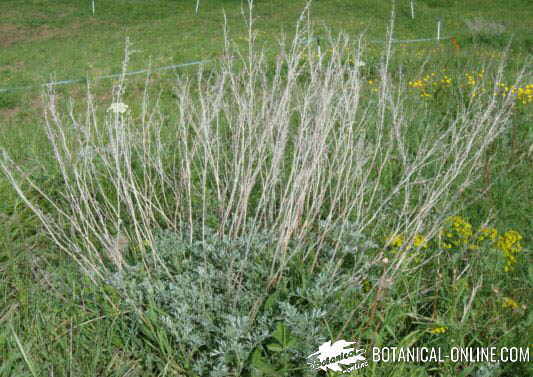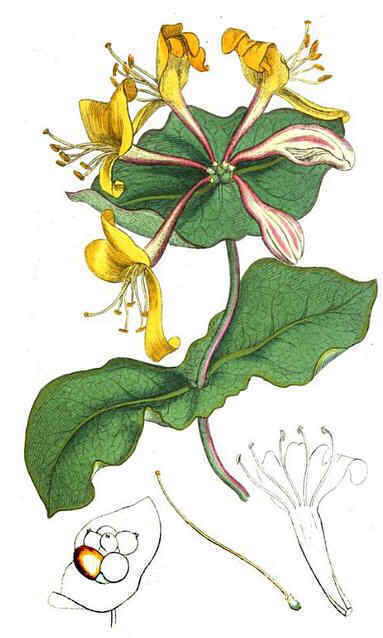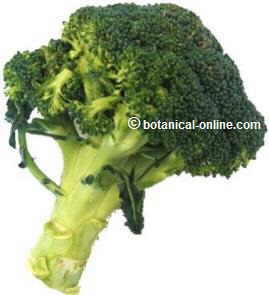Contents
What is a bladder cherry?
Characteristics of bladder cherry
Common English name: Alkekengi, chinese lantern, bladder cherry, common winter cherry, groundcherry
– Spanish: alquequenje, alquejenje, alquequenfe, farolillo chino, farolillos, tomate inglés, halicácabo, vejiga de perro, vejiguilla, solano vejigoso.
* See: Bladder cherry in other languages
Scientific name: Physalis alkekengi L.
Taxonomic synonyms: Physalis halicacabum, Alkekengi officinarum, Solanum vesicarum.
Etymology: Physalis is derived from phusa, a Greek word meaning “bladder” in reference to the characteristic fruit cover of these species.
Family: Solanaceae or nightshade family
Habitat: native to Japan, China and Caucasian regions. Although there is some confusion about the origin of the different species of Physalis, it is believed that P. alkekengi is the only species that does not come from America.
Its geographical distribution is now extensive. We can find it in Central and South America, Europe, mainly around the Mediterranean basin, and Western Asia.
It grows naturally in cultivated land, uncultivated places, fields, vineyards, olive groves and in the deciduous forest.
It requires humidity and fresh sites to develop, so it prefers low-lying places, being specially common in calcareous soils.
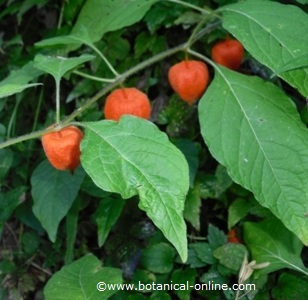
A detail of blackberry flowers and leaves
Botanical features of Physalis alkekengi
The groundcherry (Physalis alkekengi) is a perennial plant of the Solanaceae family, a relative of tomato.
Herbaceous plant that can measure between 40 and 120 centimeters in height, depending on growing conditions.
Branched and deep roots, underground stems (rhizomes) of small size. From rhizomes numerous erect stems grow, little branched and pubescent.
Paired opposite leaves (see photo below). Attached to the stem by a short petiole, limbo oval and pubescent, acuminate apex and wavy margins. Approximate size between 4-15 cm long and 2-8 cm wide.
The plant blooms in spring and summer.
The inflorescences are solitary flowers hanging from the axils of the leaves (see photo). Alquequenje flowers are hermaphrodite.
Flowers are bell-shaped (typically as the rest of Solanaceae), Corolla with five lanceolate lobes. Short flower stalk, between 15-60 mm. In bloom, the cup is between 5-18 mm long, with hairs on the outside. During fruiting, calyx grows and becomes from green comes to orange.
The fruit of this plant is a fleshy orange-red globose berry, approximately 1.2 to 1.8 millimeters in diameter. It is characterized by being wrapped in an inflated greenish calyx, that results from the growth of the calyx during fruiting. The fruit can remain on the plant until winter.
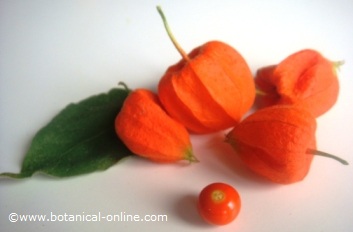
Leaves and fruits of bladder cherry
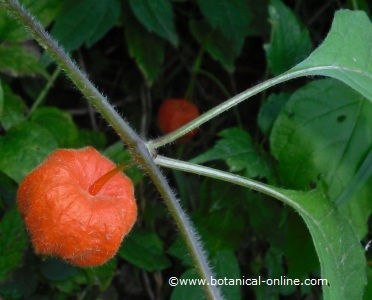
A detail of a lantern-like fruit. Look at the pubescence on branches, leaves and calyx of the plant.This species has gained importance in gardening, where the plant is used for decorative purposes because of its curious fruits. Its fruits are eaten for medicinal purposes and as food (More information on the cultivation of alquequenje in the listing below)
Composition of bladder cherry
- Sugars (fruit)
- Fats (seeds)
- Proteins
- Soluble fiber mucilage (plant), pectin (fruit)
- Vitamin C
- Physalins: bitter principles of steroid nature, steroidal lactones (physalinA (high content), physalinB, physalinC).
- Carotenoids: Physalene, cryptoxanthin, physoxantina, xanthophyll, luteolin, luteolin7betadglucoside (mainly antioxidant components).
- Citric acid (bactericidal)
- Zeaxanthin (flower)
- Tannins (root) (astringent compounds)
- Alkaloids: 3alphatigloiltropano (root), tigloidina (root), tropina (root), pseudotropine (root), cuscohygrine (root).
Parts used
- The leaves and fruits of the plant are used for medicinal purposes. These components contain antioxidants such as vitamin C and carotenoids. It also contains physalins with steroid action.
- The root is not considered edible because it contains toxic alkaloids.
Botanical classifications | |
Kingdom | Plantae |
Subkingdom | Tracheobionta Vascular plants |
Superdivision | Spermatophyta Seed plants |
Division | Magnoliophyta Flower plants |
Class | Magnoliopsida Dicotyledoneae |
Order | Solanales |
Family | Solanaeae or Solanaceae |
Gender | Physalis |
Species | P. alkekengi |
![]() More information about bladder cherry.
More information about bladder cherry.

